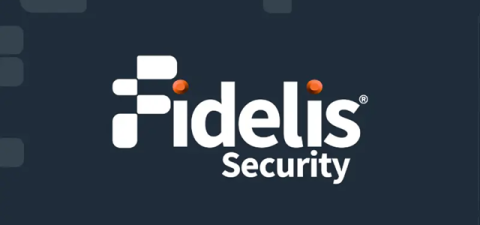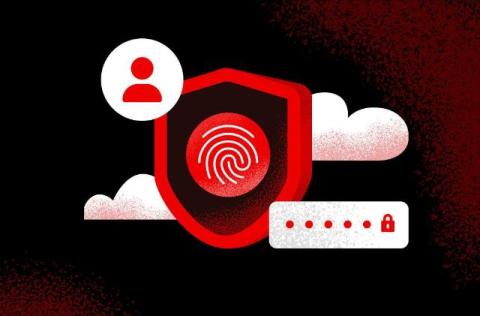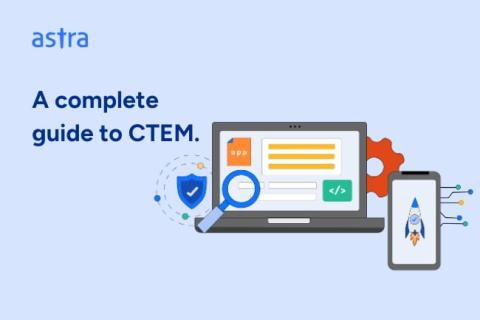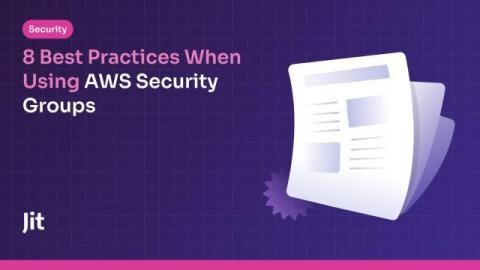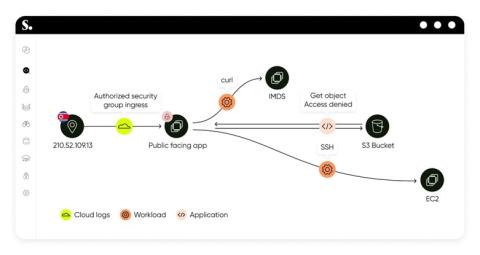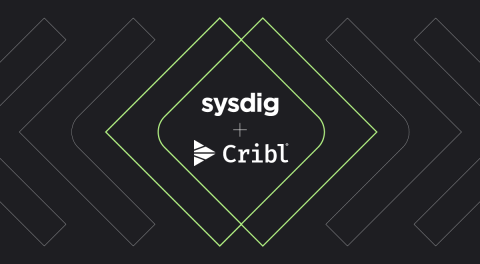Trustwave Named a Major Player in IDC MarketScape: Worldwide Cloud Security Services in the AI Era 2024-2025 Vendor Assessment
IDC has positioned Trustwave as a Major Player in the just released IDC MarketScape Worldwide Cloud Security Services in the AI Era 2024–2025 Vendor Assessment (IDC, November 2024) for its comprehensive set of offensive and defensive cloud security services. IDC said organizations should consider Trustwave when “Enterprises with varying levels of security maturity that require customized hybrid approach and depth of offensive and defensive security capabilities should consider Trustwave.



